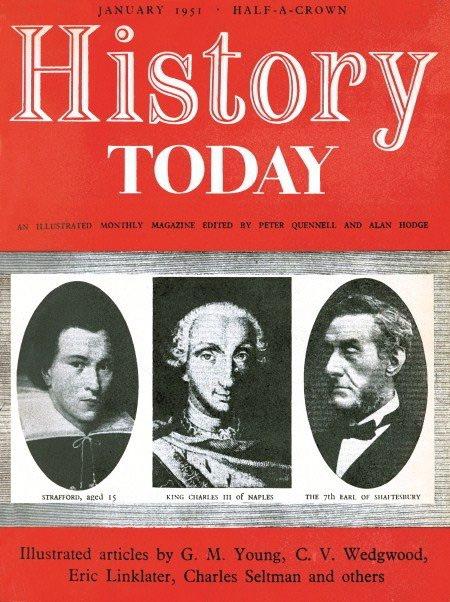In the heat of the Korean War, a monumental agreement was reached on July 27, 1953 that brought a halt to the fighting. As we mark 71 years since the signing of the Korean Armistice, it’s important to reflect on the significance of this truce that brought relief but not lasting peace to a divided nation. Join us as we delve into the events of that fateful day in history and examine the lasting consequences of this pivotal moment in time.
The Continuing Struggle: Examining the Legacy of the Korean Armistice
Seventy-one years ago, on July 27, 1953, the Korean Armistice Agreement was signed, putting an end to three years of intense fighting between North and South Korea. However, it is important to note that the armistice only brought about a ceasefire, not a peace treaty, leaving the two Koreas technically still at war to this day. This unresolved conflict has had long-lasting consequences, shaping the geopolitics of the region and impacting the lives of millions of people.
The legacy of the Korean Armistice continues to be felt in various ways, from the divided families who have not been able to reunite for over seven decades to the ongoing military tensions on the Korean Peninsula. As we reflect on this significant anniversary, it is crucial to examine the root causes of the conflict and strive towards finding a lasting and peaceful resolution for the Korean people. The armistice may have halted the fighting, but true peace and reconciliation are still elusive goals that require continued efforts and international cooperation.
Unfinished Business: Understanding the Ongoing Conflict on the Korean Peninsula
Seventy-one years ago, on July 27, 1953, the Korean Armistice Agreement was signed, bringing an end to the brutal fighting of the Korean War. However, this agreement only halted the fighting, it did not officially end the war. As a result, the Korean Peninsula remains divided to this day, with North and South Korea still technically at war.
This unresolved conflict has left a lasting impact on the region, with ongoing tensions and sporadic outbreaks of violence keeping the uneasy peace on the peninsula. The legacy of the Korean War continues to shape geopolitics in East Asia, with the threat of nuclear war constantly looming over the region. As we reflect on this significant anniversary, it is important to remember the sacrifices made during the war and work towards a lasting peace on the Korean Peninsula.
Looking Towards the Future: Strategies for Achieving Lasting Peace in Korea
Seventy-one years ago, the Korean Armistice was signed, bringing an end to the fighting in the Korean War. However, despite the ceasefire, a lasting peace has yet to be achieved on the Korean Peninsula. As we look towards the future, it is essential to consider strategies that can help bring about lasting peace in Korea.
Some key strategies for achieving peace in Korea include:
- Diplomatic Engagement: Continued diplomatic efforts are essential for fostering dialogue and building trust between North and South Korea.
- Economic Cooperation: Increasing economic cooperation between the two Koreas can help bridge the gap and promote peace and stability in the region.
- People-to-People Exchanges: Encouraging cultural and social exchanges between the people of North and South Korea can help promote understanding and unity.
Closing Remarks
As we reflect on the 71st anniversary of the Korean Armistice, it serves as a reminder of the ongoing tensions and complexities that shape the Korean Peninsula. Despite the truce that was signed on this day in history, peace still remains elusive. The legacy of the Korean War continues to impact the region and its people to this day. Let us continue to strive for peace and reconciliation, as we honor the sacrifices made and work towards a brighter future for all.
